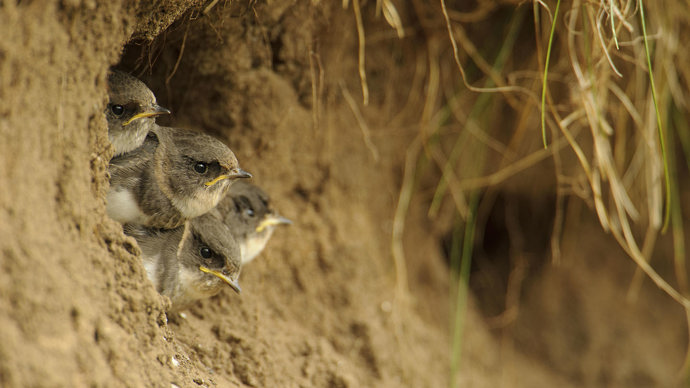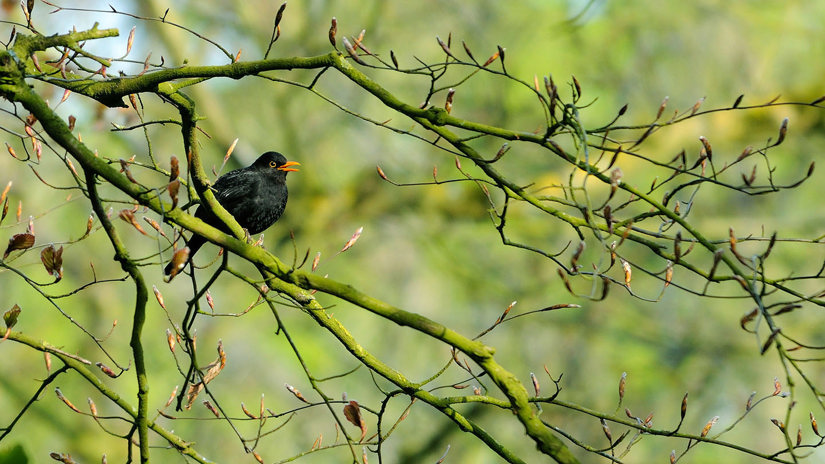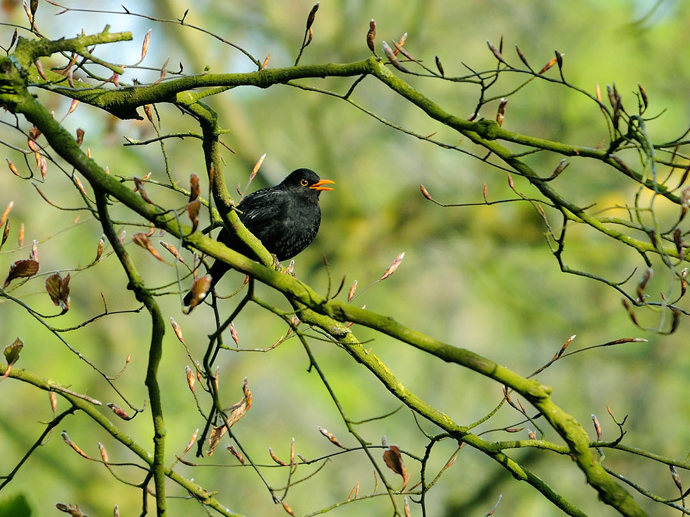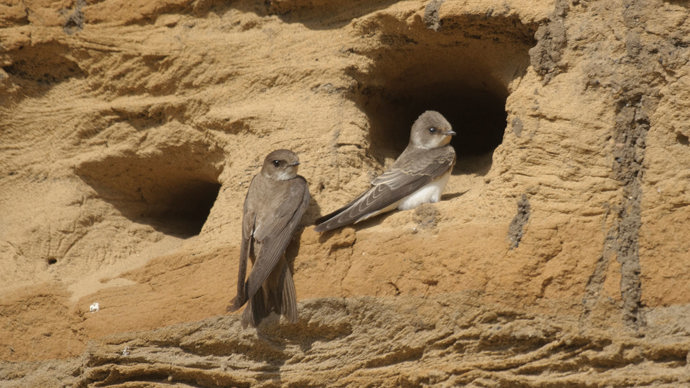Common name(s): sand martin
Scientific name: Riparia riparia
Family: Hirundinidae (swallows and martins)
Habitat: sandy river banks, cliffs, gravel pits
Diet: gnats, flies, other small insects
Predators: sparrowhawks, stoats, herons
Origin: native
These social summer visitors can be seen flitting from the river to their signature tunnel nests from March to October.
Common name(s): sand martin
Scientific name: Riparia riparia
Family: Hirundinidae (swallows and martins)
Habitat: sandy river banks, cliffs, gravel pits
Diet: gnats, flies, other small insects
Predators: sparrowhawks, stoats, herons
Origin: native
The sand martin is the smallest of Britain’s swallow and martin family, measuring around 12cm in length. It has brown upperparts and a brown breast band across otherwise white underparts. Juveniles have a slightly paler, less prominent breast band.
Sand martins feed on small insects, mainly gnats and other flies, usually on the wing over water.

Credit: FLPA / Alamy Stock Photo
Sand martins are social nesters. Between a dozen and several hundred pairs nest close together in a colony. They nest at the end of tunnels up to four feet in length, bored into sand pits, gravel pits, and sea cliffs. Nests are lined with vegetation and feathers. Sand martins will keep coming back to sites for years and will build new tunnels as and when necessary.
They lay four to five eggs in late May or early June, with eggs hatching after around two weeks. Approximately 20-24 days later chicks will fledge. Sand martins usually have two broods each year.
These birds favour sandy river banks, cliffs and gravel pits. They have a wide range in the summer, covering almost all of Europe and the Mediterranean countries, part of northern Asia and also North America.
Most leave the UK in August or September and winter is spent in eastern and southern Africa, South America and South Asia.


External link
Record the comings and goings of key feathered friends and help scientists track the effects of climate change on wildlife.
Look out for sand martins feeding over the water along riverbanks from March to October, when these birds call the UK their home.

Credit: John Bridges / WTML
Sand martins are not currently threatened in the UK, however due to droughts in their wintering grounds in Africa there have been population dips over the past 50 years.